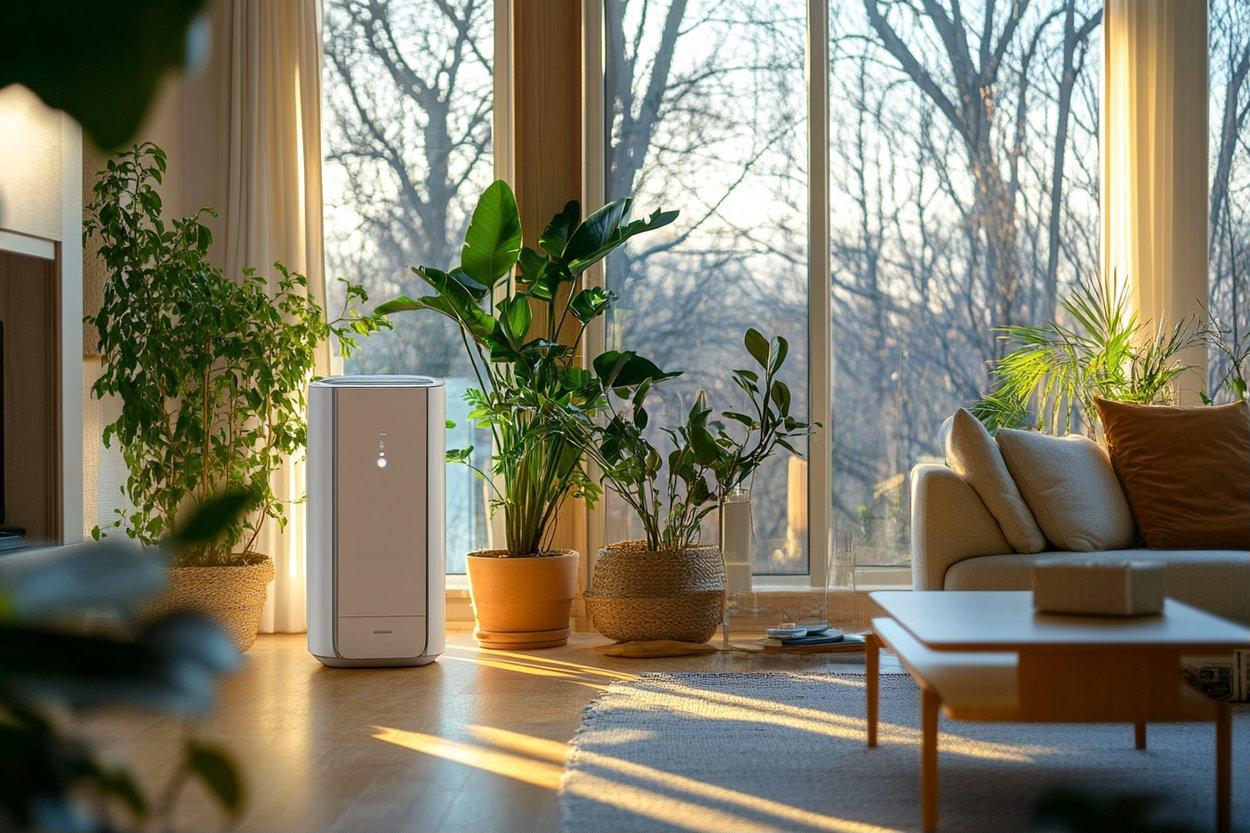Light Filtering vs. Blackout Curtains: A Comprehensive Guide for 2025
In 2025, window treatments are about more than just aesthetics; they're about creating optimized living spaces. As we become increasingly aware of the impact of light on our sleep, productivity, and energy consumption, understanding the nuances between light filtering and blackout curtains becomes crucial. This guide provides a detailed comparison, offering practical advice for choosing the right curtains for your needs and lifestyle, taking into account long-term maintenance and considerations.

Understanding Light Filtering Curtains
Light filtering curtains are designed to soften and diffuse natural light while maintaining some level of visibility and brightness in your space. These curtains typically feature a semi-opaque fabric construction that allows controlled amounts of sunlight to pass through, creating a warm, ambient atmosphere throughout the day. The fabric weave in light filtering curtains is engineered to reduce harsh glare and UV exposure while preserving the connection between indoor and outdoor environments.
Most light filtering curtains offer moderate privacy during daylight hours, though they may require additional treatments for complete evening privacy. These curtains work exceptionally well in living rooms, dining areas, and kitchens where natural light enhancement is desired. The fabric options range from sheer to medium-weight materials, often incorporating special treatments that help regulate temperature while maintaining the gentle light diffusion characteristic.
Understanding Blackout Curtains
Blackout curtains represent the ultimate solution for light control, featuring dense, tightly woven fabrics or specialized backing materials that block virtually all external light sources. These curtains typically achieve 95-100% light blocking capability, making them ideal for bedrooms, home theaters, and spaces where complete darkness is necessary. The construction often includes multiple layers, with thermal backing that provides additional insulation benefits.
Modern blackout curtains have evolved beyond basic functionality, now offering diverse color options, patterns, and fabric textures that complement various interior design styles. The dense fabric construction not only blocks light but also provides superior noise reduction and temperature regulation. Many blackout curtains feature specialized coatings or foam backing that enhance their light-blocking properties while maintaining durability and easy maintenance requirements.
Key Differences: A Side-by-Side Comparison
The primary distinction between light filtering and blackout curtains lies in their light transmission capabilities and intended applications. Light filtering curtains typically block 40-60% of incoming light while maintaining room brightness and visual connection to the outdoors. Blackout curtains, conversely, eliminate 95-100% of light penetration, creating complete darkness regardless of external lighting conditions.
Privacy levels differ significantly between these curtain types. Light filtering options provide moderate daytime privacy but may require supplementary treatments for evening use. Blackout curtains deliver consistent privacy throughout all hours, making them suitable for ground-floor rooms or areas with close neighboring properties. Energy efficiency also varies, with blackout curtains generally offering superior insulation properties due to their dense construction and thermal backing materials.
| Feature | Light Filtering Curtains | Blackout Curtains |
|---|---|---|
| Light Blocking | 40-60% | 95-100% |
| Privacy Level | Moderate (daytime) | Complete (24/7) |
| Energy Efficiency | Standard | Superior |
| Price Range | $15-$50 per panel | $25-$80 per panel |
Prices, rates, or cost estimates mentioned in this article are based on the latest available information but may change over time. Independent research is advised before making financial decisions.
Practical Guidance: Choosing the Right Curtains for Your Needs
Selecting between light filtering and blackout curtains requires careful consideration of each room’s specific requirements and your household’s daily routines. Bedrooms typically benefit from blackout curtains, especially for individuals who work night shifts, have young children, or are sensitive to early morning light. Master bedrooms and guest rooms often achieve optimal comfort with complete light control capabilities.
Living areas, dining rooms, and home offices generally perform better with light filtering curtains that maintain natural light flow while reducing glare on screens and furniture. Consider your home’s orientation, surrounding landscape, and neighboring structures when making this decision. East and west-facing rooms receive more intense direct sunlight and may require different solutions than north or south-facing spaces.
Climate considerations also influence curtain selection. Homes in warmer regions may benefit more from blackout curtains’ thermal properties, while areas with limited natural light might prioritize light filtering options to maximize available brightness. Personal lifestyle factors, including sleep schedules, entertainment preferences, and privacy needs, should guide your final decision.
Long-Term Considerations: Maintenance and Ownership
Both light filtering and blackout curtains require specific maintenance approaches to preserve their functionality and appearance over time. Light filtering curtains typically require more frequent cleaning due to their lighter fabrics showing dust and environmental particles more readily. However, their construction often makes them easier to launder using standard washing machine cycles.
Blackout curtains demand careful maintenance to preserve their specialized coatings and backing materials. Many blackout options require professional cleaning or gentle hand washing to prevent damage to thermal backing or light-blocking treatments. The investment in proper maintenance extends the curtains’ lifespan and maintains their performance characteristics.
Consider the long-term costs associated with each option, including energy savings potential, replacement frequency, and maintenance requirements. Blackout curtains may offer greater long-term value through energy efficiency benefits, while light filtering curtains might require more frequent updates to maintain their aesthetic appeal. Both options should be viewed as long-term investments that contribute to your home’s overall comfort and functionality.
The choice between light filtering and blackout curtains ultimately depends on balancing functional requirements with aesthetic preferences and budget considerations. Understanding these key differences enables informed decision-making that enhances your living space’s comfort and efficiency for years to come.




